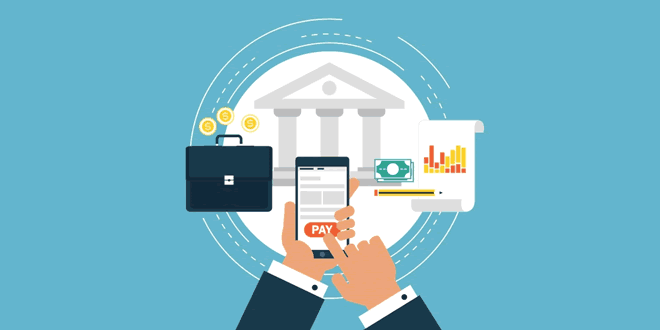Question: What are the advantages of depositing money in the banks?
Or
How are deposits with the banks beneficial for individual as well as for the nation? Explain with examples.
Answer:
- It is a safer place to keep money as compared to the house or a working place.
- People can earn interest on the deposited money.
- People have the provisions to withdraw the money as and when they require.
- People can also make payments through cheques.
- Banks keep only a small proportion of their deposits with themselves and rest is extended as loan which is used for the overall development of nation.
Question: What is a cheque? What are its advantages?
Answer: A cheque is a paper instructing the bank to pay a specific amount from the person’s account to the person in whose name the cheque has been made.
Advantages:
- It is the safest mode of transaction.
- It is easy to carry a cheque as compared to money.
Question: What are demand deposits? What are their advantages?
Answer: The deposits in the bank accounts which can be withdrawn on demand are known as demand deposits.
- People earn interest on the demand deposits.
- The depositor can make the payment through a cheque.
Question: Why are demand deposits considered as money?
Or
How do demand deposits? List any two advantageous of demand deposits.
Answer:
- Demand deposits are the deposits which can be en-cashed by the account holder any time.
- They can be used as a medium of exchange.
- They are easily acceptable.
- They help in settling payments without the use of cash.
Question: What is collateral? Explain.
Or
Why do lenders ask for collateral while lending? Give any three reasons.
Answer: Collateral is an assent that the borrower owns (such as land building, vehicle, livestock, deposits with banks) and uses this as a guarantee to a lender until the loan is repaid. If the borrower fails to repay the loan, the lender has the right to sell the asset or the collateral to obtain the payment. Properly such as land titles, deposits with banks, livestock, etc. are some of the common examples of collateral used for borrowing.
Question: How is money transferred from one bank account to another bank account? Explain with an example.
Answer: There are various ways to transfer money one bank to another:
- Cheque: Money from one bank to another can be transferred through a cheque. A cheque is a paper which instruct the bank to pay a specific amount from the person in whose name the cheque has been issued.
- Net banking: These days money can also be transferred through net banking.
- Demand Draft: Money can also be transferred through demand draft.
Question: What is credit? Why is there a need for credit in rural areas?
Answer:
- Credit (loan) refers to an agreement in which the leader supplies the borrower with money, goods or services in return for the promise of future payment.
- The main demand for credit is for crop production. Crop production involves considerable costs on seeds, fertilizers, pesticides, water, electricity, repair of equipment, etc. There is a minimum stretch of three to four months between the time when farmers buy these inputs, and when they sell the crop.
- Farmers usually take crop loans at the beginning of the season, and repay the loan after harvest. Repayment of the loan in crucially dependent on the income form farming.
Question: Distinguish between formal and informal credit resources.
Answer: Formal:
- These resource work under the supervision of the Reserve Bank of India (RBI).
- They charge a low rate of interest.
- They follow rules and regulations formed by the government.
- Commercial banks, cooperative societies, etc. are the main sources of formal credit.
Informal:
- These do not work under any government organisation.
- They do not follow any rules and regulations.
- They charge a high rate of interest.
- Relatives, money lenders and landlords are the main source of informal credit.
Question: ‘Cheap and affordable credit is crucial for the country’s development.’ Explain.
Answer:
- If cheap credit is not provided to the farmers they will be forced to arrange the capital at high rate which will increase the cost of production. The high cost of production put the farmers into a debt trap.
- Cheap and affordable credit is also must manufacturing sector to purchase raw material and other inputs.
- Cheap and affordable credit is required to decrease the dependency on informal sources of credit.
- Most of the Indian farmers are very poor so they do not have surplus savings.
- Cheap and affordable credit is also required for establishing new manufacturing units especially small scale units.
Question: ‘Most of the poor households are still dependent on informal sources of credit.’Explain.
Answer:
- Banks are not present everywhere in rural India, whereas the easily available in all the villages.
- Getting a loan from a bank is much more difficult than taking a loan from the informal resources because bank loans require proper documents and collateral. Most of the poor people don’t possess anything to offer as collateral.
- Moneylenders vendors provide loan to the poor people without any collateral.
- The formal sources provide loan only for productive purposes, whereas the informal sources provide credit for productive and non-productive purposes.
- The methods of business of the formal sources are very complex, whereas the informal resources have simple way of business.
 Class Notes NCERT Solutions for CBSE Students
Class Notes NCERT Solutions for CBSE Students





